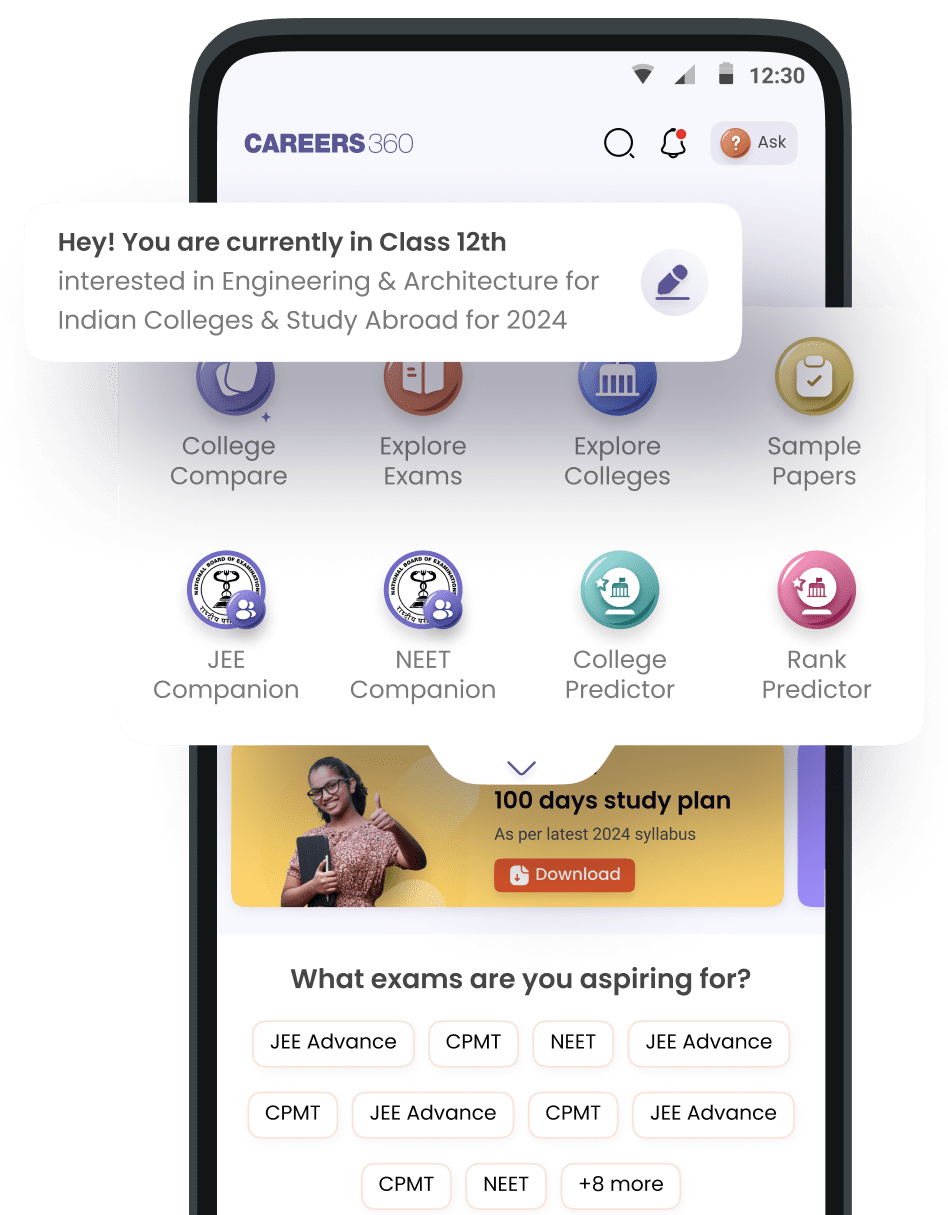Get updates on Eligibility, Admission, Placements Fees Structure
Quick Facts
| Medium Of Instructions | Mode Of Learning | Mode Of Delivery |
|---|---|---|
| English | Self Study | Video and Text Based |
Course Overview
The course- Concurrent Programming in Java is the part of the Concurrent, Parallel, and Distributed Programming in Java Specialization. The course is offered by Rice University which is ranked among top 100 universities across the world and top 20 universities in the United States of America. The course is for students and professionals who intend an in-depth study of programming in Java.
The programme teaches all the fundamental concepts of concurrent programming in Java 8. The knowledge of concurrent programming assists developers to mediate the parallel programs using shared resources more efficiently. Towards the end of the course, the participants will use basic concurrency constructs like locks, threads, atomic variables, actors, isolation critical sections, concurrent collections, critical sections. Also, the theoretical foundation concepts like deadlock, progress guarantees, linearizability, and starvation will be taught in the course. The knowledge of theoretical foundations of concurrency will empower the participant to be meticulous and avoid subtle and common errors in programming.
The Highlights
- Offered by the Rice University.
- Flexible deadlines for course completion.
- Intermediate level course
- e-certificate after successful completion of the course
- Certificate by Coursera
- Time duration of 18 hours
Programme Offerings
- Readings
- video lectures
- Demonstration
- quizzes
- Exercises
Courses and Certificate Fees
| Certificate Availability | Certificate Providing Authority |
|---|---|
| yes | Rice University, HoustonCoursera |
Fee details Concurrent Programming in Java :
| Fees components | Fees |
| Concurrent Programming in Java (audit only) | Free |
| Concurrent Programming in Java - 1 month | Rs. 1,676/- |
| Concurrent Programming in Java - 3 months | Rs. 3,369/- |
| Concurrent Programming in Java - 6 months | Rs. 5,029/- |
Eligibility Criteria
Certification Qualifying Details
Coursera will award certificates to the candidates only after they make the fee payment and complete the entire course.
What you will learn
The participants will gain expertise in the following skills:
- Usage of unstructured/structured locks and threads in Java.
- Understanding the isolation and atomic variables.
- Knowledge of concurrent collections and optimistic concurrency in Java-like- concurrent hashups and concurrent queues.
- Application of the concurrent Java programs.
- Practical implications of concurrent programming systems like .NET thread and POSIX threads.
Who it is for
Admission Details
Step 1: Visit the webpage of Coursera and choose the programme Concurrent Programming in Java.
Step 2: Choose the tab ‘Enroll for free’, to avail free 7 days access to the course material.
Step 3: A new tab containing the information about the policy will appear. Click on ‘Start free trial’.
Step 4: Details like the name on the card, card number, CVV, name of the country, and expiration date will be asked.
Step 5: Mention the correct details to get started.
The Syllabus
Video
- Course Welcome
Readings
- General Course Info
- Course Icon Legend
- Discussion Forum Guidelines
- Pre-Course Survey
- Mini Project 0: Setup
Programming Assignment
- Mini Project 0 Submission
Discussion Prompt
- Get to Know Your Classmates!
Videos
- Threads
- Structured Locks
- Unstructured Locks
- Liveness
- Dining Philosophers
- Demonstration: Locking and Synchronization
Readings
- Lecture Summary
- Lecture Summary
- Lecture Summary
- Lecture Summary
- Lecture Summary
- Mini Project 1: Locking and Synchronization
Assignment
- Module 1 Quiz
Programming Assignment
- Mini Project 1 Submission
Videos
- Critical Sections
- Object Based Isolation (Monitors)
- Concurrent Spanning Tree Algorithm
- Atomic Variables
- Read, Write Isolation
- Demonstration: Global and Object-Based Isolation
Readings
- Lecture Summary
- Lecture Summary
- Lecture Summary
- Lecture Summary
- Lecture Summary
- Mini Project 2: Global and Object-Based Isolation
Assignment
- Module 2 Quiz
Programming Assignment
- Mini Project 2 Submission
Videos
- Industry Professional on Parallel, Concurrent, and Distributed Programming in Java - Jim Ward, Managing Director
- Industry Professional on Concurrency - Dr. Shams Imam, Software Engineer
Reading
- About these Talks
Videos
- Actors
- Actor Examples
- Sieve of Eratosthenes Algorithm
- Producer-Consumer Problem
- Bounded Buffer Problem
- Demonstration: Sieve of Eratosthenes Using Actor Parallelism
Readings
- Lecture Summary
- Lecture Summary
- Lecture Summary
- Lecture Summary
- Lecture Summary
- Mini Project 3: Sieve of Eratosthenes Using Actor Parallelism
Assignment
- Module 3 Quiz
Programming Assignment
- Mini Project 3 Submission
Videos
- Optimistic Concurrency
- Concurrent Queue
- Linearizability
- Concurrent Hash Map
- Concurrent Minimum Spanning Tree Algorithm
- Demonstration: Parallelization of Boruvka's Minimum Spanning Tree Algorithm
Readings
- Lecture Summary
- Lecture Summary
- Lecture Summary
- Lecture Summary
- Lecture Summary
- Mini Project 4: Parallelization of Boruvka's Minimum Spanning Tree Algorithm
- Exit Survey
Assignment
- Module 4 Quiz
Programming Assignment
- Mini Project 4 Submission
Videos
- Industry Professionals on Parallelism - Jake Kornblau and Margaret Kelley, Software Engineers, Two Sigma
- Industry Professional on Distribution - Dr. Eric Allen, Senior Vice President, Two Sigma
Reading
- Our Other Course Offerings
